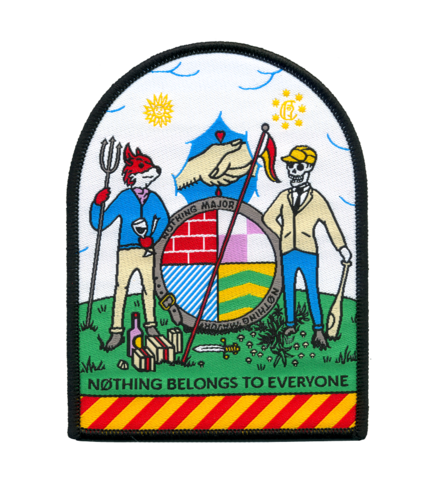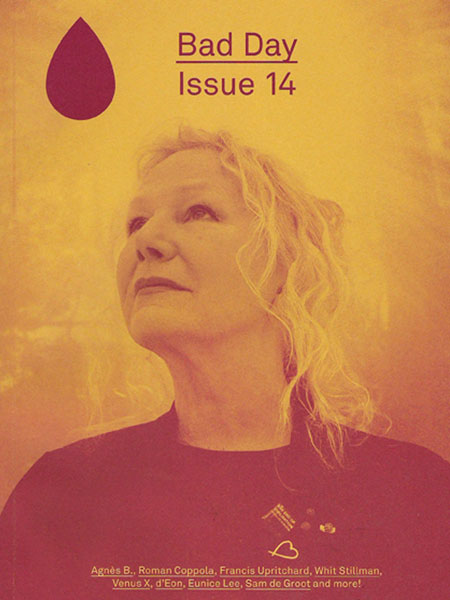romka magazine / Dot Gain
An independent magazine investigates photography as a tool for memory.
In Dot Gain, we explore the world of independent print publishing.
Intrigued by romka magazine’s unique format and unlikely motive (for once, a publication that claims it doesn’t intend to "push boundaries"), we felt compelled to learn more about the Leipzig, Germany-based operation. The photography journal, founded and edited by Joscha Bruckert, has been capturing the hearts of photographers from Japan to Belgium and Argentina since its online inception in 2008. Published once annually, romka is a finely-curated collection of photographs submitted by both professional and amateur photographers looking to share their work and, in turn, their memories. Rather than publishing photographs alone, the editors encourage contributing photographers to expound upon their submissions in writing. The result is a compassionate, funny, and often moving collection of photographs and stories delivered by a diverse range of talent spanning the globe.
Bruckert, a former student of photography, took some time out to explain his inspiration behind launching romka and why he doesn’t want romka to be considered a traditional art publication, but rather an ongoing project to be enjoyed by all.
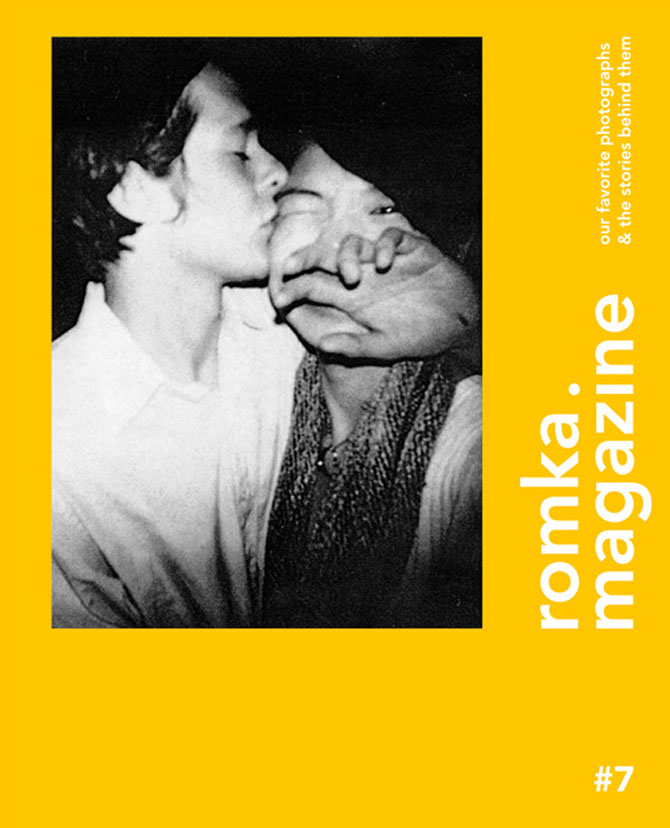
What inspired you to launch a photography journal?
The project began as an online magazine back in 2008. Making a PDF magazine about photography wasn't exactly a new idea, but I realized that most of the publications that were around were pretty interchangeable. "Emerging photographers" kept popping up in every project description and they basically all did the same thing: show hip work by hip photographers. The same work got featured over and over again and I grew tired of it, so I tried to find a "new" approach of publishing photography. Romka is about personal favorite photographs and the stories behind them, something that I hadn't seen before. It's not about good or clever photos; it's about those that are really close to our hearts. Pictures of people we love, places that are important to us, memories of great nights, and other little life changers. I found that it was time to create a well-curated platform for these types of images. After all, preserving memories is why the vast majority of people use photography.
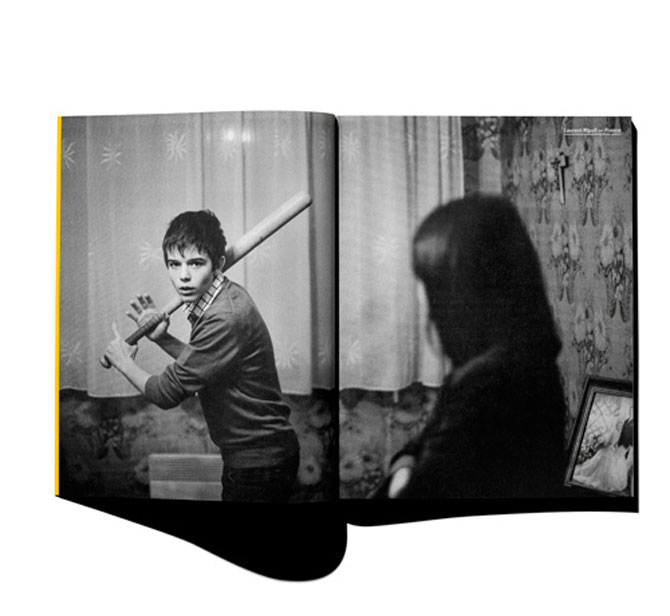
In your opinion, what makes a photograph truly special or meaningful?
If there is one thing that I learned from publishing romka, it's that there is no dogmatic answer as to what makes a meaningful photograph. Whenever I set up rules in my head that apply to the kind of images I like personally (things like composition, universality, correlations of form and content, etc.), I happen to come across an image that debunks all of that. However, when it comes to the magazine itself, where it's always a combination of photo and text, there are some aspects that are important to me. I like a certain discrepancy between the two; the text reveals something that is not obvious in the photo and vice versa. "The context is more important than the photo itself" might be the closest I can get to a definite answer to your question.

Romka is all about storytelling through compelling photography. How important is storytelling in the field of photography?
This is a good example of something that I thought I had "understood" until someone debunked it for me. I never really liked works where people tried to create a narrative; I was more interested in images that formed an array of visual entities without claiming to be more than that. You want to tell a story? Write it down, that's what words are for. So you walk around thinking you got it all figured out and then you come across someone like Bradley Peters. He is an example of someone who works well with small visual connotations so that every photo expands into a story in your head. Still, it could be that a year from now I'd tell you that photos without a narrative are worthless, only to completely change my mind a year later. The more you see, the less you understand.

You studied photography in school. Do you ever include your own photographs in the magazine?
In the beginning, I used some of my own photos for decorative purposes, as a background for the imprint and things like that. I don't intend to promote my own work through the magazine, even though it would be an easy way to reach a big audience (nobody ever cared about my own work as much as they cared about romka). I did, however, sneak one of my own personal favorites into romka #5, the first print issue. It was a photo of my parents' wedding in 1979. They didn't have a lot of money back then, so they married in the winter when it was cheaper and my mother didn't even wear a fancy wedding dress. My parents always taught me to be content with what I have, an attitude that I value very much and that is somehow manifested in this photograph.
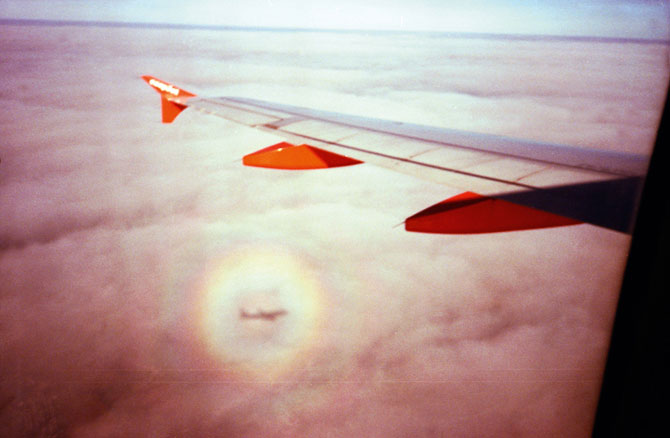
Photo by Taiyo Onorato
For each issue, is there an underlining theme?
Romka is strictly monothematic, every new issue is but a continuation of the growing archive of photographs and stories. Since romka #6, we also include small features that revolve around the idea of "special" photographs. For example, one feature is a project that I started a few years back: the search for the worst photos possible. I asked people from all over the world to send me their worst shots and ran this pool of images through the hands of five artists to find the very worst: Michael Lämmler, Marc Hinz, Erik Kessels, Bruno Ceschel, and Joachim Schmid. We ended up with five amazingly bad photographs.

Do you have any favorite photographs that have appeared in romka?
Well, there are many. I'll give you three examples that especially come to mind: Lucano Maldonado, Mohammedreza Mirzaei, and Aoife O'Dwyer. This changes a lot depending on my mood, though. By the way, the contributor archive has all photos and stories since romka #1. A new contributor from the current issue is added once a week. Click away.
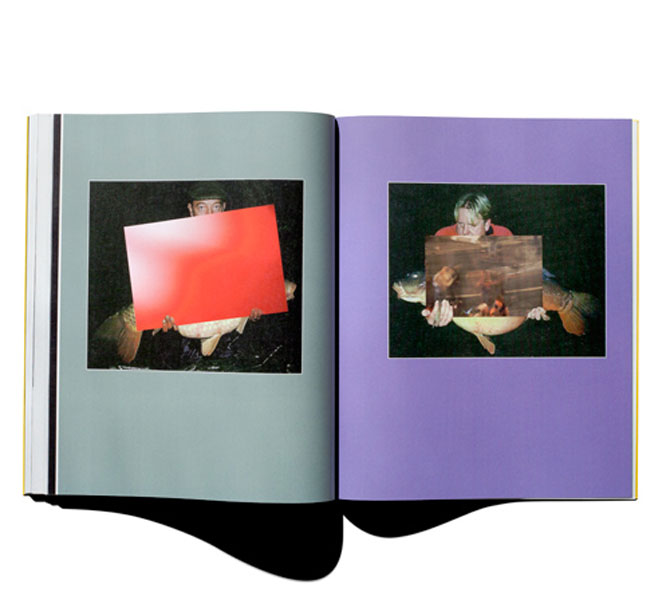
Are there any photographers you’d love to see featured in romka?
I won't give away whom I'm trying to get for the next issue, but there are certain groups of people who I'd like to feature in the future. Not photographers, but people who do great work in a whole different field; comedians for example. They probably take photos too and they might add an interesting new perspective to the whole project. An issue with Louis CK, Tina Fey, Todd Barry, Eugene Mirman, Amy Poehler, Dana Gould, Steven Wright, Jim Gaffigan, etc. would be so awesome. Romka is not meant to be a traditional art publication and I don't want it to be part of the inner circle of photo nerds. It's a magazine about memories that uses photography and all kinds of people should take part.

